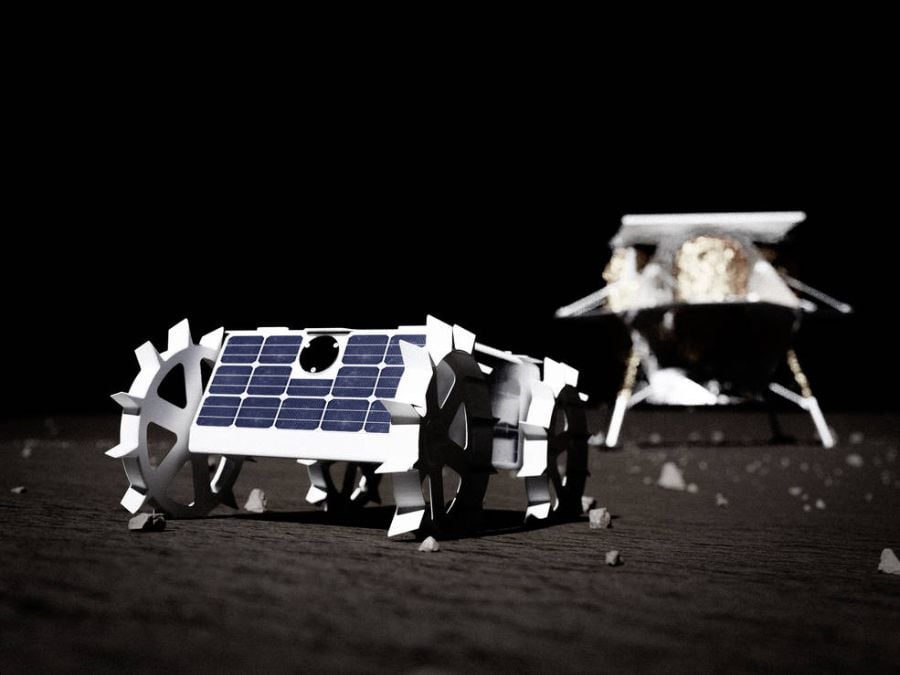
The space agency has announced a reward of US$ 3 million to Southwest Research Institute for developing the LASVEGAS spectrometer for lunar missions.
The Laser Absorption Spectrometer for Volatiles and Evolved Gas instrument is capable of providing precise measurements volatile compounds in the atmosphere of planets and surfaces, which is crucial for carrying our outer space research and exploratory activities. According to the chief investigator of the Lunar LASVEGAS, Dr Scot Rafkin, the instrument is as big as a roll of paper towels, and is therefore quite compact, has lesser volume, mass and power, which makes it a key instrument for space flight. Dr Rafkin also added that the spectrometer can be deployed from the most compact landers or rovers and carried in one hand during crewed missions across the planet’s surface looking for useful resources such as methane, ice, and water.
The spectrometer currently studies gases present in atmospheres of Mars to determine the gaseous composition. The instrument is also capable of heating a portion of the planet’s surface to understand the composition of gases released in the atmosphere. For instance, the surface of Europa (Jupiter’s moon) or the soil on the solar surface. Now the Southwest Research Institute (SwRI) has received funding of US$ 3 million from NASA’s DALI (Development and Advancement of Lunar Instrumentation) program to customize this design for operating on lunar surface.
The gas travels to the cylindrical, compact slot from where the laser light of varying frequencies and wavelengths ricochets between refectory surfaces placed on each end. Repeated passage of light through the gas causes the molecular types present in the gas to capture the light in different ways depending on the light’s wavelength. The laser s then directed to the detector which analyses the intensity of the laser light and determines the amount of VOCs. Each species has its own identity to signify its abundance.






